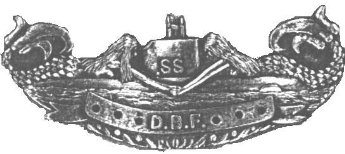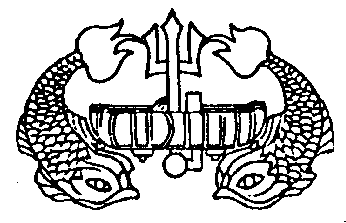US Navy Submarine Dolphins
On 13 June 1923, Captain E.J. King, Commander submarine Division Three (later Fleet Admiral and Commander in Chief, U.S. Fleet, during WW II), suggested to the Secretary of the Navy (Bureau of Navigation) that a distinguishing device for qualified submariners be adopted. He submitted a pen-and-ink sketch of his own showing a shield mounted on the beam ends of a submarine, with dolphins forward of, and abaft, the conning tower.
The suggestion was strongly endorsed by Commander Submarine Division Atlantic. Over the next several months the Bureau of Navigation (now known as BuPers) solicited additional designs from several sources. Some combined a submarine with a shark motif. Others showed submarines and dolphins, and still others used a shield design.
A Philadelphia firm, which had done work for the Navy in the field of Naval Academy class rings, was approached by the Bureau of Navigation with the request that it design a suitable badge. Two designs were submitted by the firm, and these were combined into a single design. This design was executed in basrelief in clay.
It was a bow view of a submarine, proceeding on the surface, with bow planes rigged for diving, flanked by dolphins in a horizontal position with their heads resting on the upper edge of the bow planes.Today a similiar design is used: a dolphin fish flanking the bow and conning tower of a submarine.
On 20 March, 1924, the Chief of the Bureau of Navigation recommended to the Secretary of the Navy that the design be adopted. The recommendation was accepted by Theodore Roosevelt, Jr., Acting Secretary of the Navy. His acceptance is dated March 1924.
The submarine insignia was to be worn at all times by officers and men qualified in submarine duty attached to submarine units or organizations, ashore and afloat, and not to be worn when not attached.
In 1941 the Uniform Regulations were modified to permit officers and men qualified who were eligible to wear the submarine insignia after they had been assigned to other duties in the naval service, unless such right had been revoked.
The officers' insignia was a bronze, gold plated metal pin, worn centered above the left breast pocket and above the ribbonsand medals. Enlisted men wore the insignia, embroidered in silk, white silk for blue clothing and blue silk for white clothing. This was sewn on the outside of the right sleeve, midway between the wrist and elbow. The device was two and three-quarters inches long.
In 1943, the Uniform Regulations were modified to provide that "Enlisted men, who are qualified and subsequently promoted to commissioned or warrant ranks, may wear enlisted submarine insignia on the left breast until they qualify as submarine officers, at which time this insignia would be replaced by the officers' submarine pin.
In mid-1947, the embroidered device shifted from the sleeve of the enlisted men's jumper to above the left breast pocket. A change to the Uniform Regulations dated 21 September 1950 authorized the embroidered insignia for officers (in addition to the pin-on insignia) and a bronze, silver plated, pin-on insignia for enlisted men (in addition to the embroidered device).
 |
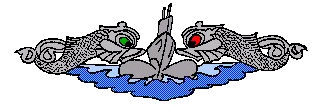 |
|---|---|
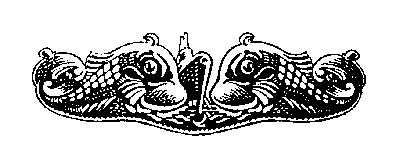 |
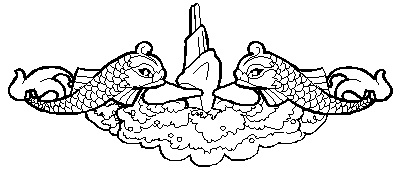 |
 |
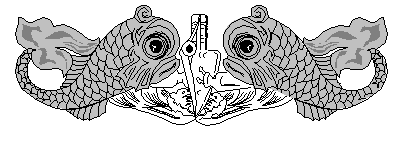 |
 |
 |
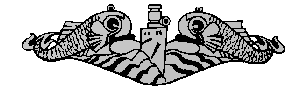 |
|
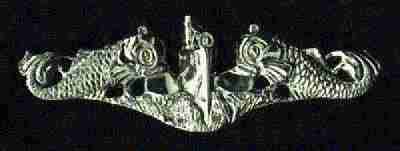 |
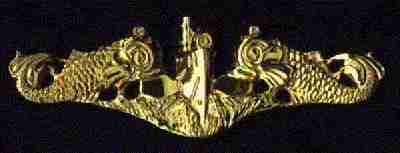 |
 |
 |
 |
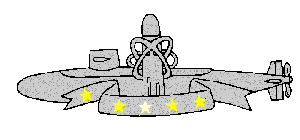 |
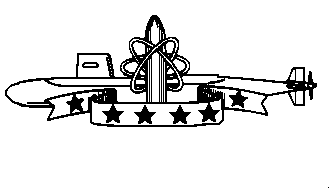 |
|
SSBN Deterrent Patrol
An FBM Submarine breast pin is awarded to personnel in the ship's companies of the silent service missile fleet. Successor to the Submarine Combat Patrol Insignia awarded for submarine patrols during World War II, the device is known as the FBM Patrol Pin, although its official designation is SSBN Deterrent Patrol Insignia.
The new insignia is considered to be in the same category and will be worn in the same manner as the SCPI. However, only one of the two may be worn by those individuals who qualify for both. The choice is the individual's.
Design of the SSBN pin shows a silver LAFAYETTE class submarine with superimposed Polaris missile and electron rings with signify the armament and nuclear powered characteristics of the FBM Deterrent Force. A scroll beneath the submarine will hold stars, one bronze star for each 'successful' patrol after the first or a silver star for five 'successful' patrols. Successful patrols will be so designated by fleet commanders.
Awards are being made retroactive to the first FBM patrol of USS George Washington (SSBN 598) which was completed on 21 January 1961. At that time GEORGE WASHINGTON had set a new record for submarine submergence: 66 days, 10 hours.
|
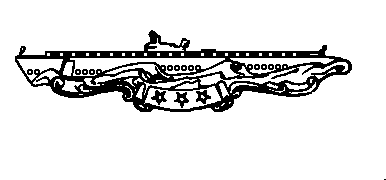 |
|---|---|
| Diesel Boats Forever | Submarine Combat Patrol |
|
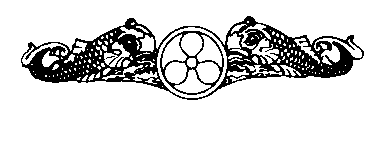 |
| Deep Submergence | Submarine Engineering |
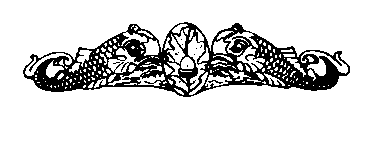 |
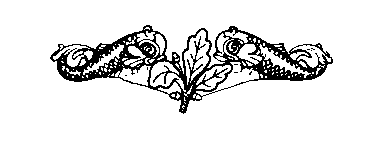 |
| Submarine Medical | Submarine Supply |
 |
|
Last preventive maintenance held on this page August 8, 1999
